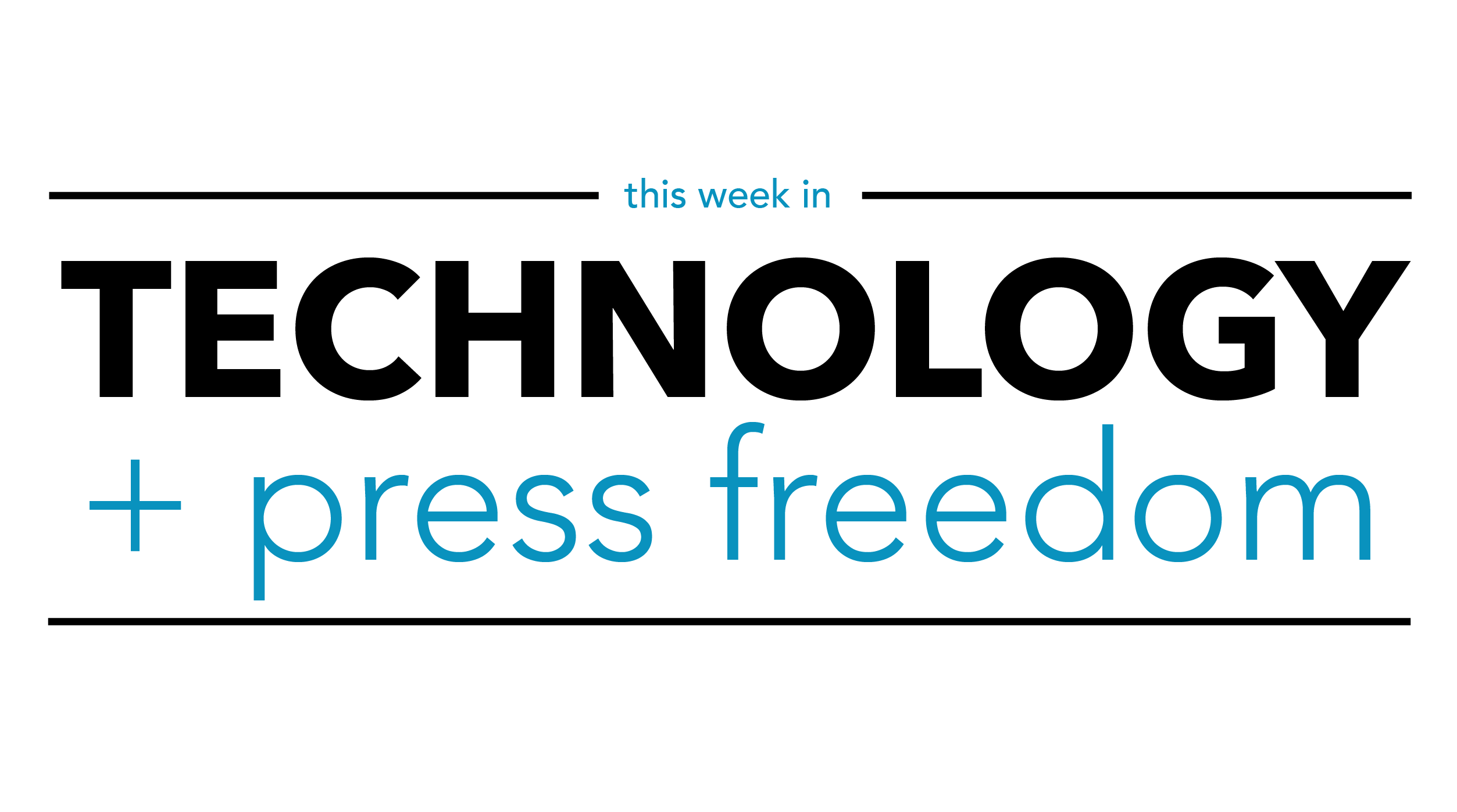A close look at Justice Alito’s dissent as Supreme Court blocks Texas social media law

In a very welcome move, the U.S. Supreme Court last week narrowly granted an emergency application by the plaintiffs in NetChoice v. Paxton to block enforcement of H.B. 20, the Texas law that would allow the state to force large social media platforms to host speech they otherwise would not. The Court vacated an order by the U.S. Court of Appeals for the Fifth Circuit that permitted the law to go into effect.
The vote was 5-4. As is standard in emergency applications, the majority blocked the law in a brief, unsigned order. Justice Samuel Alito, joined by Justices Clarence Thomas and Neil Gorsuch, dissented. Justice Elena Kagan voted to deny the application to vacate the stay without further comment.
Notably, Justice Alito’s written dissent contended that it is “quite unclear” whether NetChoice, the trade association representing certain platforms possibly covered by the law, is likely to succeed on the merits of its First Amendment challenge to H.B. 20 under existing law.
While Justice Alito acknowledged the long-settled precedent holding that “[u]nder some circumstances, we have recognized the right of organizations to refuse to host the speech of others,” he pointed to other cases, including one involving soliciting signatures for a petition in a shopping mall and another involving cable providers, to suggest that the question may not be clear-cut. (We have argued in, to date, eight friend-of-the-court briefs that it is absolutely clear that those cases do not apply to the types of editorial choices that could be regulated under the state’s legal theory.)
Justice Alito stated, “[i]t is not at all obvious how our existing precedents, which predate the age of the internet, should apply to large social media companies[.]” As plaintiffs and many amici have argued, however, the Court has expressly recognized full First Amendment protections for the internet, calling it a “vast democratic forum[]” where “the type of government supervision and regulation that has attended the broadcast industry” would be inappropriate.
Also, in an already much-discussed footnote, Justice Alito raised Texas’s argument that social media platforms’ exercise of editorial discretion was in tension with the liability shield under 42 U.S.C. 230, passed as part of the Communications Decency Act in the mid-1990s.
Specifically, Texas argues the Court should view the platforms’ contention that they can both exercise First Amendment-protected editorial discretion and maintain their status as non-publisher under Section 230 “with some skepticism.” The footnote was criticized by commentators as unnecessarily highlighting an argument that is, as one writer bluntly put it, “as wrong as an argument could be.” It generated so much heat in the digital rights community because it reflects a fundamental misunderstanding of how Section 230 works.
First, Section 230 is a shield for liability for some unlawful third-party speech. That’s important because, in the early days of the internet, platforms that made editorial choices to remove some content but leave other content up were being sued, successfully, for those choices. The alternatives would be to not host certain speech at all, err on the side of taking everything down or to leave everything up. In other words, Section 230 is actually meant to protect and promote moderation.
Second, again, Section 230 deals with unlawful speech. But the Texas law would regulate how platforms decide to take down or leave up lawful speech. In that sense, the Section 230 question is fundamentally irrelevant to the First Amendment question. That sites enjoy immunity for some unlawful speech — again an immunity that is essential to preserve their ability to moderate — does not somehow dissolve the First Amendment with respect to their editorial choices. The decision to, say, label what the platforms see as vaccine disinformation has nothing to do with Section 230; that’s lawful speech that the platform either doesn’t want to host or wants to flag for the user. That choice is fully protected by long-standing constitutional precedent.
Justice Alito did write that he has not “formed a definitive view on the novel legal questions” that the law raises. This is obviously one we’ll be following closely.
Like what you’ve read? Sign up to get the full This Week in Technology + Press Freedom newsletter delivered straight to your inbox!
The Technology and Press Freedom Project at the Reporters Committee for Freedom of the Press uses integrated advocacy — combining the law, policy analysis, and public education — to defend and promote press rights on issues at the intersection of technology and press freedom, such as reporter-source confidentiality protections, electronic surveillance law and policy, and content regulation online and in other media. TPFP is directed by Reporters Committee attorney Gabe Rottman. He works with Stanton Foundation National Security/Free Press Legal Fellow Grayson Clary and Technology and Press Freedom Project Legal Fellow Gillian Vernick.